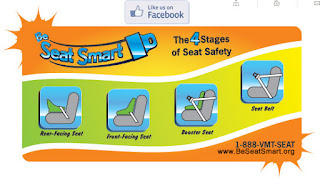2017/2018
ALLERGY AWARE CLASSROOMS
Frequently Asked Questions
What is an allergy aware classroom?
In this classroom there are students who have one or more food allergies. The goals of the allergy aware classroom are to make everyone (students, parents and staff) aware of the allergies and to work together to limit the student's exposure to possible allergens. All students are taught the following:
- We will wash our hands.
- We will not share food.
- We will clean our tables
If my child's classmate is allergic to peanuts, can my child eat a peanut butter and jelly sandwich in the classroom?
Yes, your child may eat a peanut butter and jelly sandwich in the classroom as long as they follow the 3 safety rules (no sharing of food, must wash hands after eating, table must be cleaned after eating).
What about birthdays and celebrations?
For these occasions,
all shared treats must be safe for all students to eat.
Check with me at least 48 hours before the party so I can verify the safety of the treat. You can send in a copy of the ingredients with your child, or email me a picture of the ingredients.
Which classrooms are "allergy aware classrooms" this year?
- Mrs. Anderson - no peanuts, tree nuts or eggs*
- *eggs are okay if ingredient in baked goods
- Ms. Collins - no peanuts, tree nuts or eggs *
- *eggs are okay if ingredient in baked goods
- Mrs. Mulcahy - no peanuts or tree nuts
- Miss Ransom - no peanuts or tree nuts
Contact me if you have any questions. Thank you in advance for keeping all students safe.
